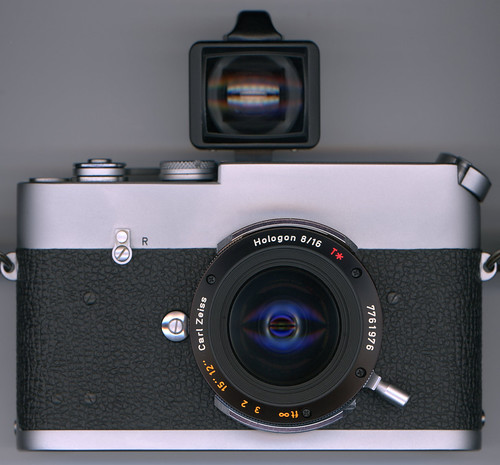Erik van Straten
Mentor
Thank you, Highway!
The table isn't Art-Deco by the way, but early 19th century mahogany. The chairs are ordinary copies of Thonet-furniture.
Erik.
The table isn't Art-Deco by the way, but early 19th century mahogany. The chairs are ordinary copies of Thonet-furniture.
Erik.
menos
Mentor
Yes Erik, the portrait especially is surprising!
Here are a few vertical shots, something fresh to me but great fun with a super wide angle:




These were all shot with Contax Hologon 16/8 + 4x centre filter on a Leica M Monochrom. I used also the menu coding as WATE @16mm to further reduce light falloff from the digital sensor.
Here are a few vertical shots, something fresh to me but great fun with a super wide angle:




These were all shot with Contax Hologon 16/8 + 4x centre filter on a Leica M Monochrom. I used also the menu coding as WATE @16mm to further reduce light falloff from the digital sensor.
Erik van Straten
Mentor
Thank you, Dirk. Your shots are very nice!
If your shots are taken trough the filter, it is clear that the digital sensor is very sensitive for the cos4-vignetting.
Erik.
If your shots are taken trough the filter, it is clear that the digital sensor is very sensitive for the cos4-vignetting.
Erik.
raid
Dad Photographer
I hope to start soon taking some photos with the Hologon 16/8 on a digital Leica.
Erik van Straten
Mentor
I have mine converted to Leica-M, but the conversion is reversible. I have it mounted on a Leica MDa, but guess what: I've never made a single shot with it.
Erik.
Erik.
Highway 61
Revisited
Too much gear harms.I have mine converted to Leica-M, but the conversion is reversible. I have it mounted on a Leica MDa, but guess what: I've never made a single shot with it.
Erik.
Erik van Straten
Mentor
Erik van Straten
Mentor
Contax G1, Hologon 16mm f/8, Tmax400.
This shot was taken with the viewfinder of the G1.
Erik.

This shot was taken with the viewfinder of the G1.
Erik.

menos
Mentor
Erik, if you can, try out the LEICA Universal wide angle finder (aka Frankenfinder) with the Hologon. It allows for more precise framing, has a nicer bubble level and it is really not that much larger than the Contax finder (having to remove it to rewind the film beging it’s only downside).
Erik van Straten
Mentor
Thank you, Dirk, for this tip. Now I see the images, I get a lust for using the lens again.
Erik.
Erik.
raid
Dad Photographer
I wonder why some conversions are permanent and others are reversible. Is there anything special about the conversions that are permanent?
Don Goldberg wrote me that his conversion to M mount must be permanent and that he only does 2-3 such conversions per year.
Don Goldberg wrote me that his conversion to M mount must be permanent and that he only does 2-3 such conversions per year.
Erik van Straten
Mentor
I wonder why some conversions are permanent and others are reversible. Is there anything special about the conversions that are permanent?
Don Goldberg wrote me that his conversion to M mount must be permanent and that he only does 2-3 such conversions per year.
Mine is a conversion that is in fact an adapter. It was available only for a short time. On the front of the lens there are four screws visible. When you take them out, the optical head of the lens comes loose. The adapter is in fact another focusing mount, but with a Leica M fitting instead of a Contax G fitting. You can simply fix the lenshead on it with the same four screws.
To mount the lens on a normal M Leica the back of the focusing lever must be filed off, if not it will be blocked by the frame selector lever of the M Leica. If you do not want to do this, you can mount the lens on an M Leica without a frame selector lever, such as a very early M3 or an MDa.
Erik.
raid
Dad Photographer
Thanks for the explanation, Erik. I have already sent DAG my lens, so it will be a Permanent M lens for me. The challenge will be taking color images on a digital Leica so that the color problems will be minimal (hopefully). If I don't manage to get acceptable results with color, I will (for a while) practice using this lens with B&W where things seem to look fine in the images that are posted online with this lens.
Erik van Straten
Mentor
I've never seen pictures made with a digital Leica and the Hologon. I hope that you'll post them here.
On film Leicas the lens is great (from what I've seen).
Erik.
On film Leicas the lens is great (from what I've seen).
Erik.
raid
Dad Photographer
I can always use the lens on my M3 and M6 cameras! I am excited to be able very soon to use such a lens. Many have suggested that I should not get this lens and buy instead a CV lens that has been corrected for digital sensors, but I have been intrigued by what I have read about the Hologon.
Erik van Straten
Mentor
Yes, the Hologon is evolved from the Hypergon from Goerz (1900), in fact a very simple lens: two meniscus lenses with on all the four surfaces the same curvature and the Topogon and Hologon lenses in the 1950's and 1970's.
The Hologon 16mm f/8 is the best of them all because of the multicoating. The pictures have a very fine tonal quality in my opinion, are beautifully sharp, and without any distortion.
Erik.
The Hologon 16mm f/8 is the best of them all because of the multicoating. The pictures have a very fine tonal quality in my opinion, are beautifully sharp, and without any distortion.
Erik.
raid
Dad Photographer
I agree with you on the lens being special. This is what has intrigued me so much. I have in my mind each day some vision of how I want to use this lens. I want (for example) to sit on the beach and at the edge of the Gulf of Mexico water, and then I want to frame the shades of blue in the sky and in the water, with the sand in the foreground. I wonder if using this lens can help me get some creative images out.
raid
Dad Photographer
I found a posted short video that was made with the 16/8:
https://www.youtube.com/watch?v=Kab1AZtjBiE
It is actually not a bad idea to use this lens for making a video. I did not think of it before.
Edited: Menos pointed out that they used here a Zeiss 16mm lens but it is not the Hologon!
https://www.youtube.com/watch?v=Kab1AZtjBiE
It is actually not a bad idea to use this lens for making a video. I did not think of it before.
Edited: Menos pointed out that they used here a Zeiss 16mm lens but it is not the Hologon!
Erik van Straten
Mentor
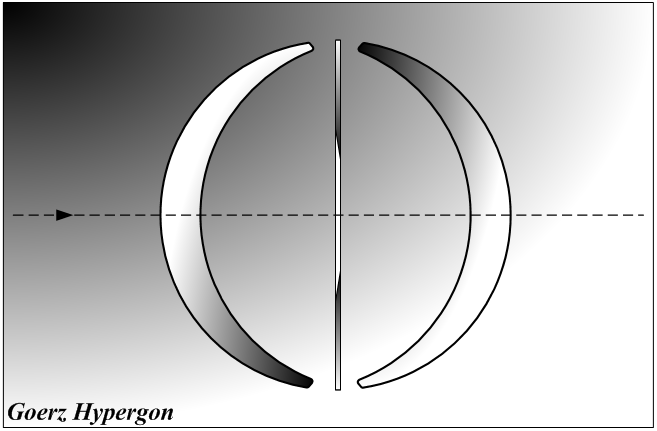
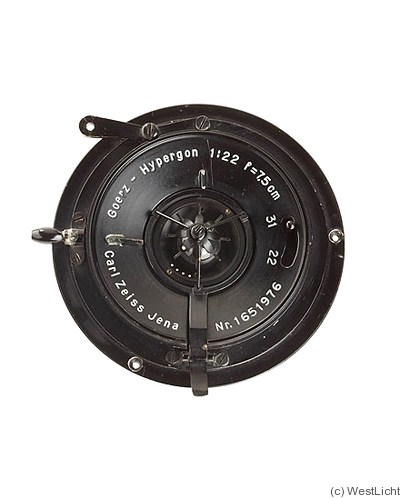
The Hypergon had an f/stop in the form of a wheel with small blades that had to turn around during exposure. This had the same purpose as the graduated filter that is delivered with the modern Hologon.

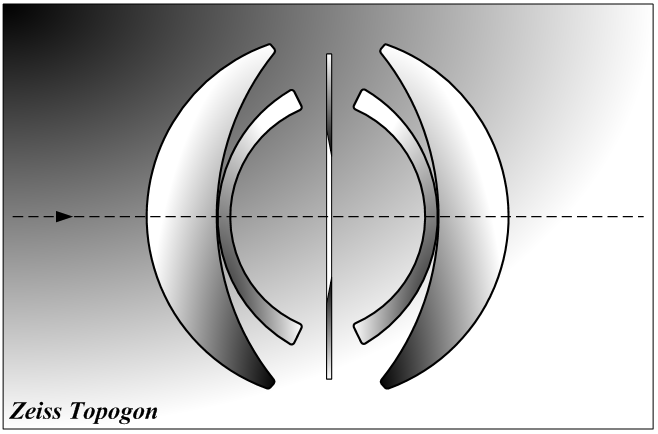

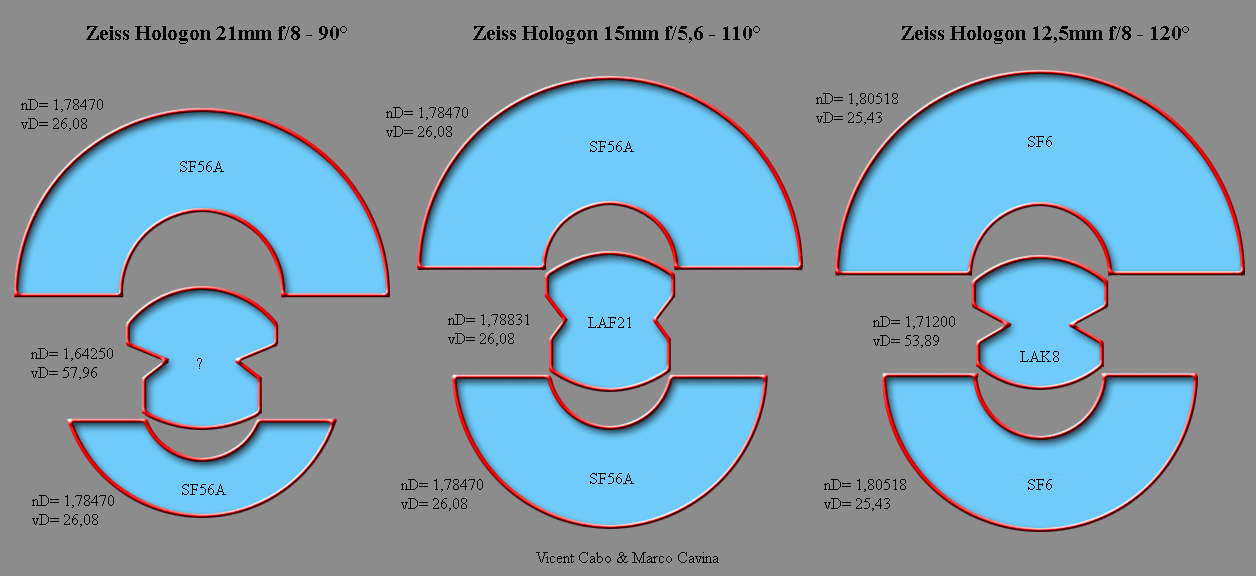


raid
Dad Photographer
This is very interesting information, Erik. It makes me wish to see some images that were taken by such lenses.
Share:
-
This site uses cookies to help personalise content, tailor your experience and to keep you logged in if you register.
By continuing to use this site, you are consenting to our use of cookies.


